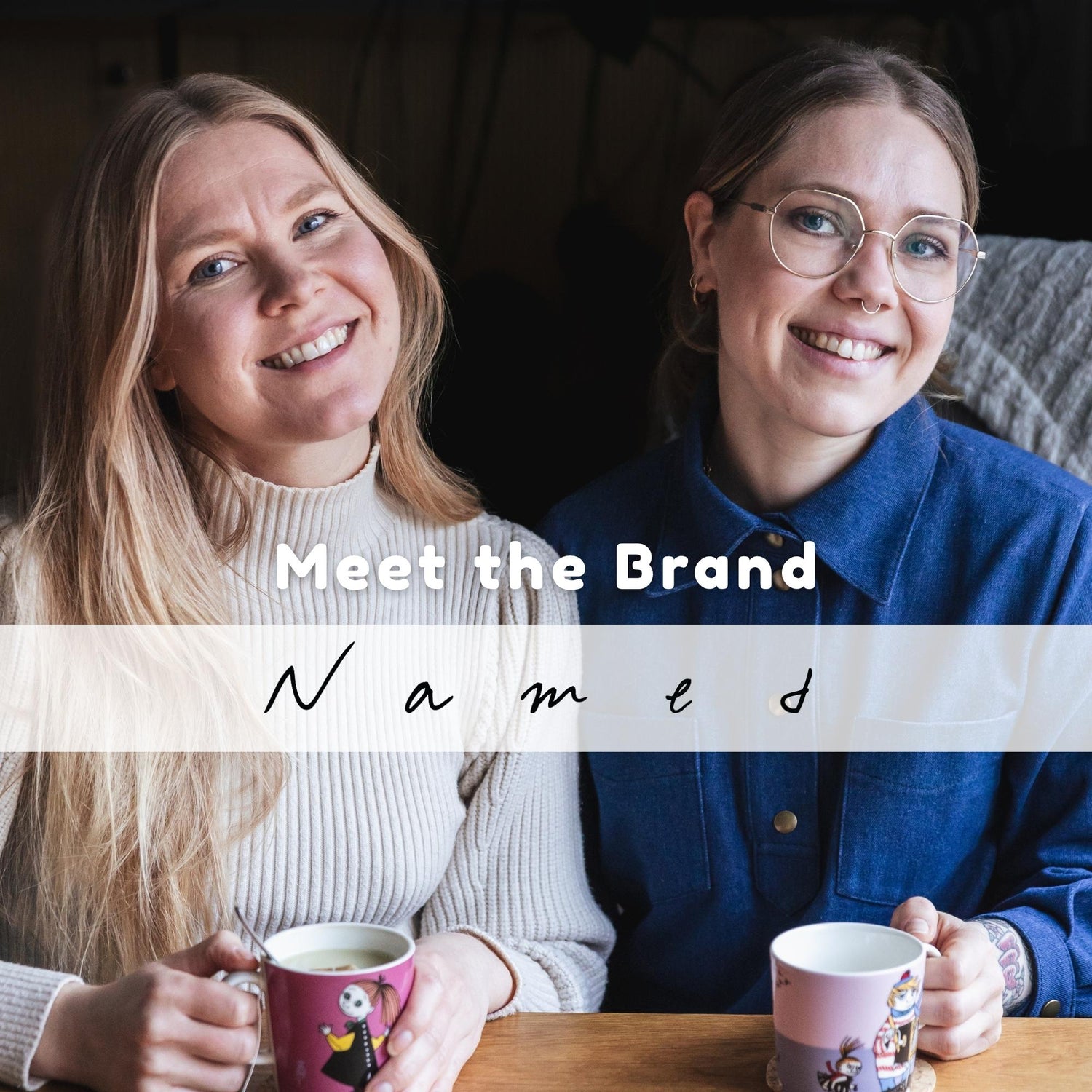Recently seen Sewing Bee and thinking I want to try a Zero Waste Sewing Pattern?
If you answered, yes. I’m thrilled because you’re in the right place.
I would like to introduce you to the wonderful Birgitta Helmersson.
“Birgitta has 20 years industry experience working as a designer, seamstress and pattern maker in both fashion and costume for theatre. Originally founded in Melbourne, Australia, the ‘Birgitta Helmersson’ Brand is known for their Zero Waste Patterns and Circular Design Models, and since 2018 now reaches out to us from Sweden, where Birgitta re-located with her family.
In 2023, Birgitta’s first book was published called ‘Zero Waste Patterns’ in which you’ll find 20 projects to sew. The book contains a new approach to sewing, using natural fabrics, and core sewing techniques. It’s broadens your sewing world, where you can learn how to stitch without waste.” (1)
What we love about Birgitta’s Sewing Patterns?
As mentioned the patterns are a new, modern approach to sewing, but how? Although we call them ‘Sewing Patterns’ (because that’s what we all know our instructions and templates as) within Birgitta’s patterns, you won’t have any pattern pieces* and will cut directly from your fabric using guided measurements.
Let’s delve in deeper. Each ‘Sewing Pattern’ consists of a PDF instruction booklet. It’s important to take the time to read through the entire booklet, as it will prepare you on how to select your size, and the width of the fabric you’ll require. It will show you how to measure and cut your garment directly from the fabric in a block form. This is where the zero waste (or less waste) method comes into play.
Instead of cutting around pattern pieces, you’ll measure and cut directly from your fabric based with all measurements provided.
*In some patterns, you may find there will still be a 1 or 2 small pattern pieces to print out, but never any large pattern pieces.
Why is it called a Zero Waste Pattern?
This method of measuring and cutting directly from the fabric laid out, allows you to use every piece of your fabric, leaving no waste. Unlike the traditional patterns where lots of paper is involved, and the fabric can’t be utilized in the same way a zero waste pattern can. It’s a win, because no more scraps you don’t know what to do with (or worse in the bin!) and you don’t have to worry about storing a paper pattern. There are certainly upsides when you think about how paper patterns and fabric one sewist can go through.
How do I know what fabric I need and my size?
When it comes to understanding your size on patterns, the fabric width is important. See the end of the blog post for a bit more detail on this.
Rosie’s Opinion:
It can honestly sound a little daunting when you hear no pattern pieces, but with careful concentration, plenty of tea and cake to fuel you, you’ll find yourself getting the hang of cutting each block out. I was scared at first, but once I began cutting the blocks out, it became a lot easier to see the pattern in the fabric. Suddenly it’s like a lightbulb moment and if anything it’s made me feel more confident around patterns now.
Helpful Tip: To help me identify the fabric pieces once I had cut them out, I used scrap paper with their designated letters and pinned the paper to the fabric. It helps later on when you putting the pieces together.
This was me improvising when I realised my fabric pen wouldn’t show up on the fabric I had chosen.
The Sewing Patterns
We currently stock a varied selection of Birgitta Helmersson’s Sewing Patterns, they all come in PDF format.
ZW Gather Dress
ZW Block Pant/Skirt
ZW Cropped Shirt
ZW Workwear Jacket
ZW Tie Top
ZW Jumper
ZW Bell Jacket
ZW Tier Dress
ZW Soft Blouse
ZW Coat
How to find Your Size and Fabric Requirements:






Why is your Fabric Width so important?
It will change the fit of your garment, the wider your fabric the bigger/oversized your garment will become.
And that’s it! I would now follow the instructions provided to cut my pattern directly from the fabric and wa-lah, a Tie Top will emerge.
You'll of course be guided through the instructions on how construct your garment. It's easier than you think!
I hope that post helped answer some questions you might have had for the Zero Waste Sewing Patterns. If there is anything you are unsure of, or have any questions. You can email us ( hello@sewecofabrics.co.uk ) or pop a comment down below.
I strongly urge anyone to give these patterns a go. They aren't only different but it was fun to see this block pattern come to life from the fabric. Just an added perk that it made for some more sustainable sewing too!
This Tie Top is actually on my project list - once I've completed it. I'll be sure to write up a review and show & tell for you all.
Until then, toodles!
Rosie














